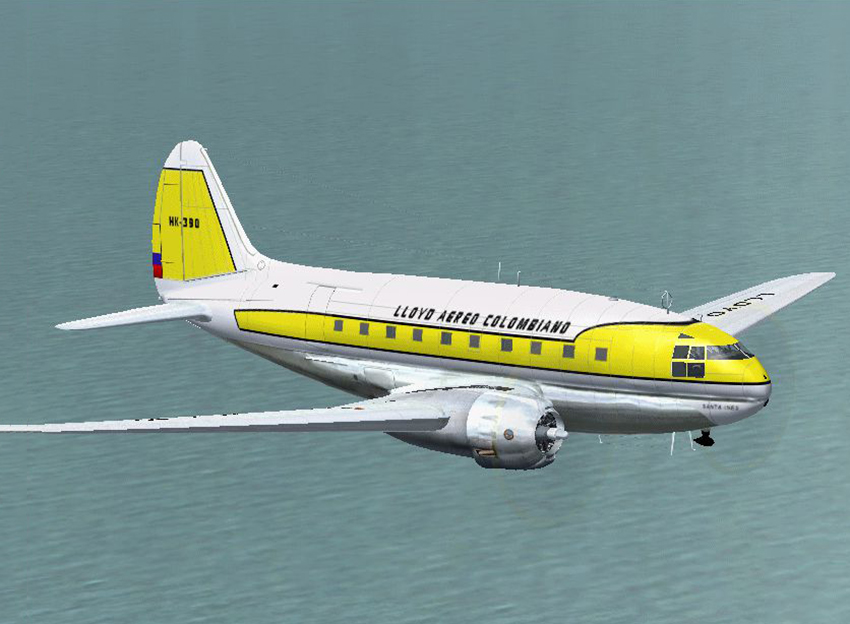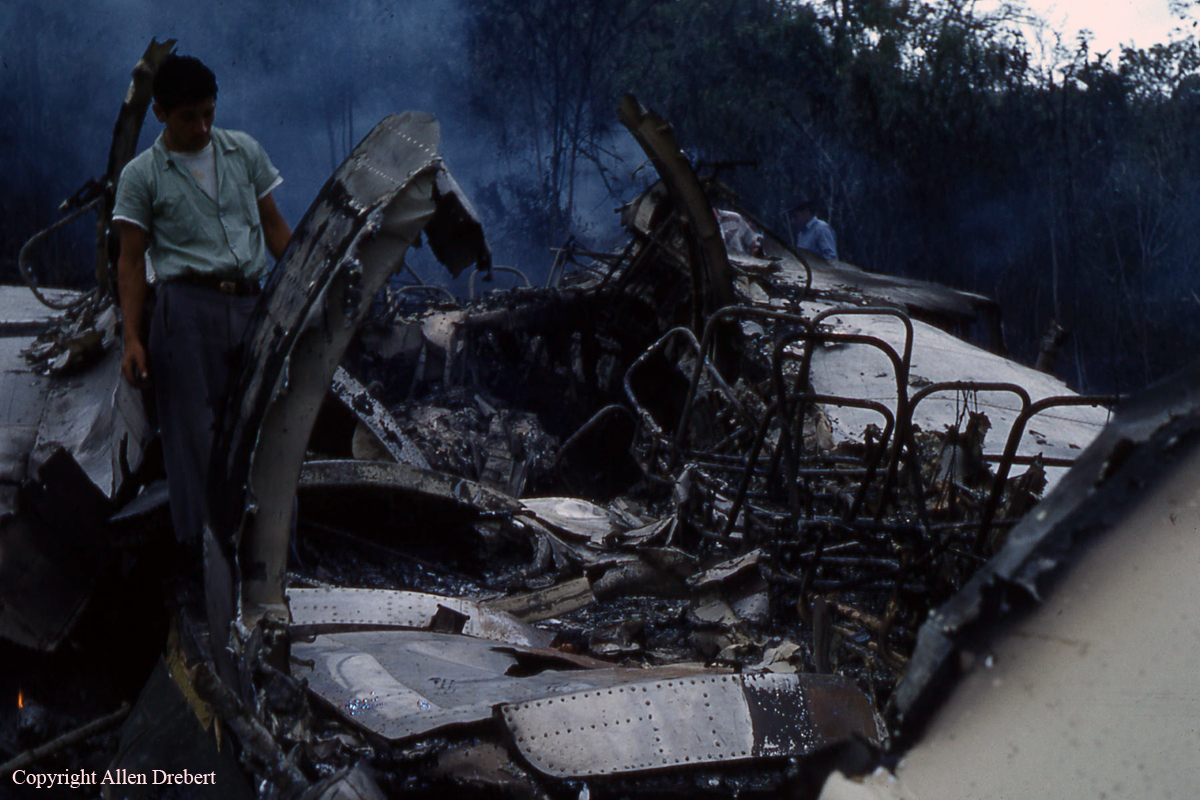Crash of a Curtiss C-46D-10-CU Commando in Bogotá: 37 killed
Date & Time:
Apr 19, 1960 at 1908 LT
Registration:
HK-390
Survivors:
Yes
Schedule:
Miami – Barranquilla – Medellín – Bogotá
MSN:
32954
YOM:
1944
Flight number:
LL503
Crew on board:
7
Crew fatalities:
Pax on board:
44
Pax fatalities:
Other fatalities:
Total fatalities:
37
Aircraft flight hours:
8289
Circumstances:
While on final approach to El Dorado Airport in Bogotá, the airplane stalled and crashed few km short of runway 12. Fourteen people were evacuated while 37 others, among them six crew members, were killed.
Probable cause:
The pilot failed to take proper action to counteract the loss of speed and height in the final approach turn. The following factors contributed to the accident:
- Lack of operational control by the airlines concerned,
- The pilot in command lacked experience as a transport pilot,
- It is probable that the report from the control tower at Eldorado that the runway was restricted because another aircraft had crashed in the safety zone had a psychological effect on the pilot.
- Lack of operational control by the airlines concerned,
- The pilot in command lacked experience as a transport pilot,
- It is probable that the report from the control tower at Eldorado that the runway was restricted because another aircraft had crashed in the safety zone had a psychological effect on the pilot.













